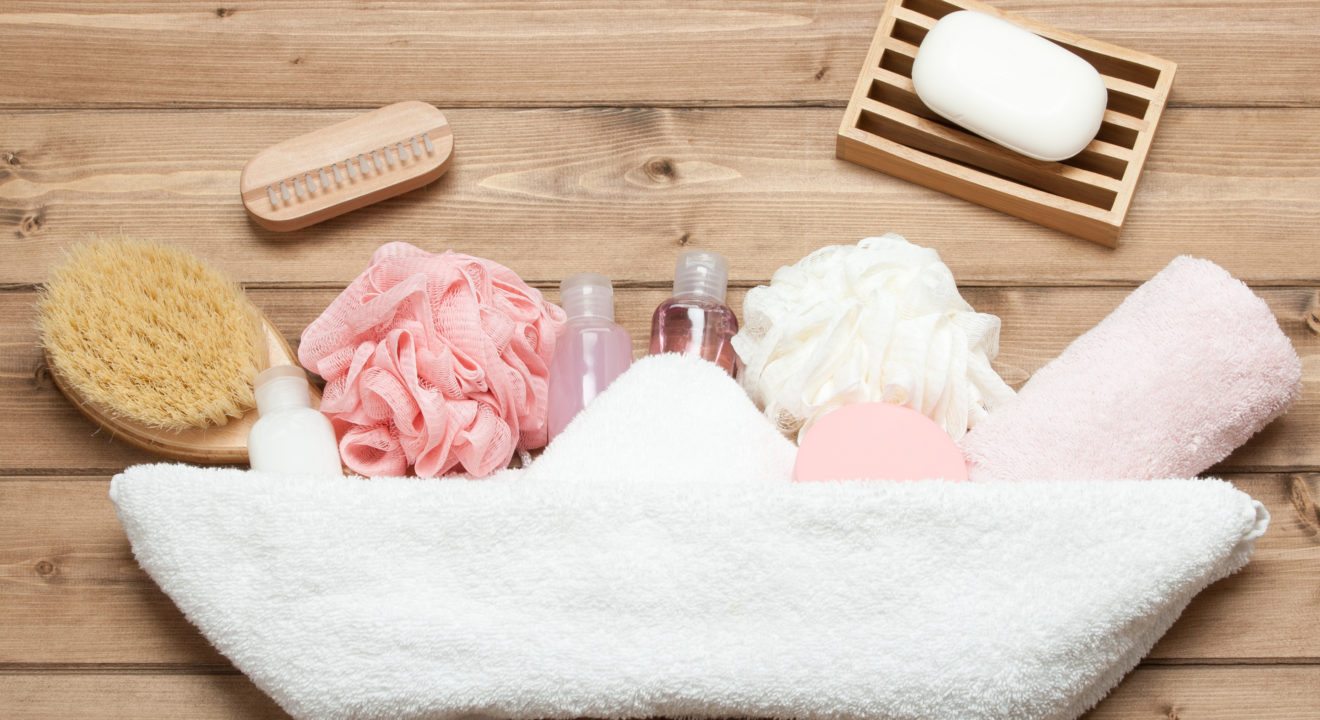Style August 4, 2016


Remember those BIC Pens for Her that sent the Internet into a frenzy back in 2012? Amazon users piled on the sarcasm in their reviews and news outlets quickly picked up the story. Even comedian and TV show host Ellen DeGeneres took part in the dialogue, telling women across the globe: “BIC for Her – they’re pens just for ladies. I know you’re thinking, ‘It’s about damn time. Where have our pens been?'”
BIC pens made the headlines because the product screamed sexism, with its “sleek design” and its “feminine” purple and pink colors. These pens were even double the price of “men’s pens.” But all jokes aside, the sale of BIC pens is not an isolated incident. The next time you go shopping at your local retail store, check the beauty aisle.
Although beauty products are not exactly the same as office supplies, the parallels are alarming. Many drugstores separate these goods by gender, yet products for men and women are pretty much the same. A majority of the items stocked on the store shelves contain almost identical ingredients, but the marketing of these products greatly differ.
On average, women use twice as many beauty products as men. Companies know it and shelves reflect it. Men’s products are tucked away in corners while women’s needs take center stage in the drugstore. According to Style Caster, marketers cater to stereotypical gender preferences. Women’s products are adorned with bright colors and floral perfumes while “manlier options” tend to come in gray or black. Rows and rows of “feminine products” are disguised with optimistic promises of “gentle ingredients” and “organic products” for “feminine skin.”
Sure, this provides women with more options, but there’s a higher price to pay.
Research has shown that women’s products are more expensive than identical products marketed toward men. For example, according to She Knows, “Brands like Degree deodorant make ‘for women’ and ‘for men’ deodorants with the same list of ingredients, but charge women more.” Degree’s Dry Protection Antiperspirant and Deodorant for women is priced at $1.53 an ounce, while Degree Men Dry Protection Antiperspirant and Deodorant is five cents less at $1.48 an ounce. There’s also a significant price difference in gender-specific conditioner, eye cream, body wash and shaving cream.
The unfortunate news is that the problem isn’t just skin deep. From scooters to sweaters, Washington Post concludes that women pay more for almost everything.
“The New York City Department of Consumer Affairs compared nearly 800 products with female and male versions — meaning they were practically identical except for the gender-specific packaging — and uncovered a persistent surcharge for one of the sexes,” Danielle Paquette reports via Washington Post. “Controlling for quality, items marketed to girls and women cost an average 7 percent more than similar products aimed at boys and men.”
So the next time you shop, wander over to the men’s section. Pick up a Dove Men+Care shampoo, try the male version of your Degree deodorant or switch your Venus Embrace for a Gillette razor. Then ask yourself, do you feel the difference?
(Tip: Use the extra money you save to buy a BIC for Her pen. You’re gonna need it for all the angry letters you’ll be writing.)